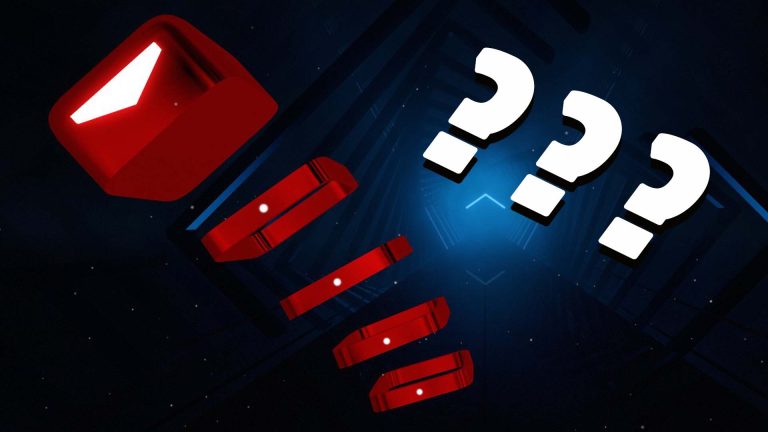How Do I Downgrade And What Version to Downgrade To?: Smart Choices.
Struggling with the new software updates? Find out how to safely downgrade to a more stable and compatible version to suit your needs.
Understanding the Need to Downgrade
Upgrading software can often bring exciting new features, important security patches, and various improvements. However, sometimes newer versions come with bugs, compatibility issues, or just don’t meet the user’s expectations. This is where downgrading can be a suitable option.
How to Safely Downgrade Your Software
Downgrading software must be done carefully to prevent data loss and ensure that you maintain the functionality you need. Follow this step-by-step guide:
- Backup Your Data: Before starting any downgrade process, it’s crucial to back up your data to prevent any potential loss.
- Check Compatibility: Ensure that your system meets the requirements of the version you’re downgrading to.
- Acquire the Old Version: You’ll need to find a legitimate source for the previous version. This might be from the software developer’s website or verified third-party sources.
- Uninstall the Current Version: Before installing an older version, uninstall the current version from your system.
- Install the Older Version: Once the new version is uninstalled, proceed to install the older version.
- Restore Data:If necessary, restore your data from the backup you made earlier.
Choosing the Right Version to Downgrade To
Selecting the right version to downgrade to can be just as crucial as the downgrade process itself. Here are some factors to consider:
- Stability: Look for versions known for their stability and performance.
- Compatibility: Choose a version that is compatible with other software or hardware you use.
- Security: Make sure the version has no known, critical security vulnerabilities.
- Features: Consider which features are essential for you, as some may not be available in older versions.
- Support: It’s safer to choose a version that still receives some level of support from the developers.
Check out our blog for more info here.
Potential Risks and Precautions
Downgrading is not without its risks. Be aware of the following:
- Data Loss: There is always a risk of data loss when changing software versions, so a reliable backup is essential.
- Security Risks: Older versions might not have the latest security updates, which could leave your system vulnerable.
- Software Conflicts: Other installed software might not be compatible with the downgraded version.
- Licensing Issues: Be sure you have the right to use the older software versions; some licenses might not permit downgrading.

Credit: www.intelligentinsurer.com
Downgrading Specific Types of Software
Different types of software have unique methods for downgrading. Here is a brief overview:
| Type of Software | Downgrade Procedure |
|---|---|
| Operating Systems | Often requires booting from installation media and may involve a clean install. |
| Mobile Apps | May require uninstalling updates or installing an APK file for Android. |
| Desktop Applications | Tends to involve simply uninstalling the new version and reinstalling the old one. |
| Drivers | Roll back through Device Manager on Windows or use a driver management tool. |
Frequently Asked Questions On How Do I Downgrade And What Version To Downgrade To?: Smart Choices.
What Risks Entail Downgrading Software?
Downgrading software might expose your system to security vulnerabilities because updates often contain crucial security patches.
How To Backup Data Before Downgrading?
Always use reliable backup software or services to create a full system backup onto a separate storage device or cloud service.
What Compatibility Issues Might Arise?
Previous versions may not support recent files or settings, potentially leading to compatibility problems with other apps or systems.
Is Downgrading Reversible?
Yes, you can typically reverse a software downgrade by reinstalling the newer version, given that no data loss occurred.





